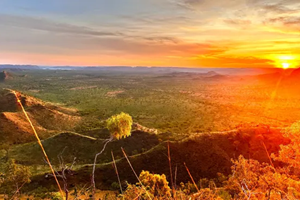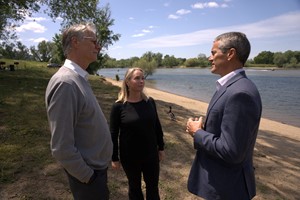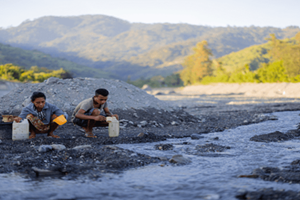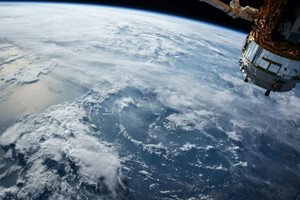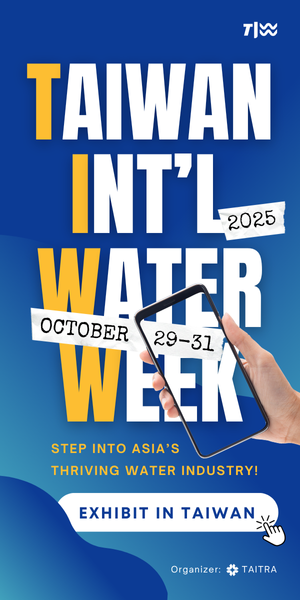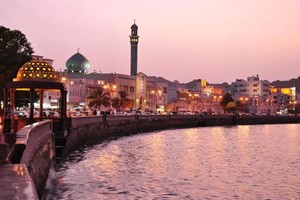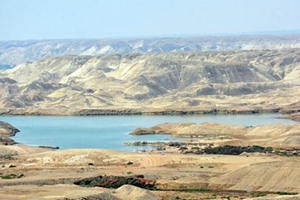‘Radically different’ partnership aims to construct more than a million solar panels to power electrolysis
A unique partnership between three traditional owner groups and a major clean energy investor is promising to establish a $3bn green hydrogen project in the far north of Western Australia.
In what could be one of Australia’s biggest clean energy projects, more than a million solar panels will power electrolysers to produce 50,000 tonnes of green hydrogen a year.
The East Kimberley Clean Energy project will be unveiled at the Australian renewable energy industry’s annual summit in Sydney on Tuesday.
A new company – Aboriginal Clean Energy – will develop the ambitious project near the town of Kununurra. Three Indigenous groups will each have an initial 25% share in the company alongside climate crisis investment and advisory firm Pollination.
The head of projects at Pollination, Rob Grant, said the company structure engages traditional owners as true collaborators, developers and beneficiaries, and represented a “just, ambitious and achievable vision” for clean energy projects in Australia.
The feasibility and capital raising for the project is still to be completed, but Grant said the partnership was hoping to start construction in late 2025, with the first hydrogen produced by late 2028.
The project will look to use renewable energy from an existing hydroelectric facility near the Ord River to turn all the green hydrogen into 250,000 tonnes of green ammonia each year for agricultural fertilisers to be sold in Australia and for export.
The plan includes a new 120km pipeline to store and transport green ammonia to the “export ready” port of Wyndham.
Grant said the region provides sunlight, clean water and renewable energy – the main components needed for green hydrogen, which is extracted from water by electrolysis.
Ammonia production is currently heavily reliant on fossil fuels. Producing green ammonia from green hydrogen would be a major step to decarbonising the food supply chain.
Traditional owner groups MG Corporation, the Kimberley Land Council and Balanggarra Aboriginal Corporation will each own 25% of the company.
The conventional model for major projects on Indigenous land in Australia sees developers seeking permission from native title holders with the payment of royalties.
“Those agreements usually come at the end of projects and historically they have been distributed, rather than inclusive,” Grant said.
Grant said the new project’s ownership structure turned that old approach on its head and represented a “just, ambitious and achievable vision for Australia’s clean energy future”.
Aboriginal Clean Energy’s share in the project will probably dilute once agreements are reached with investors and industrial partners.
But having a partnership approach with traditional owners would be an attractive prospect for investors, Grant said, as it reduced the risk of future problems with land use agreements and other approvals.
This would reduce the risk for investors and shorten the development schedule.




